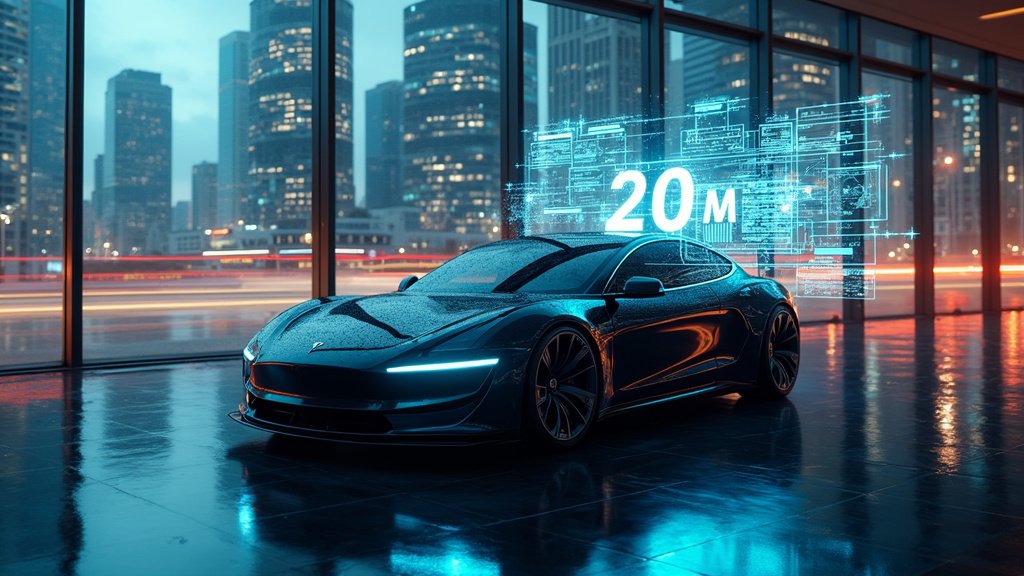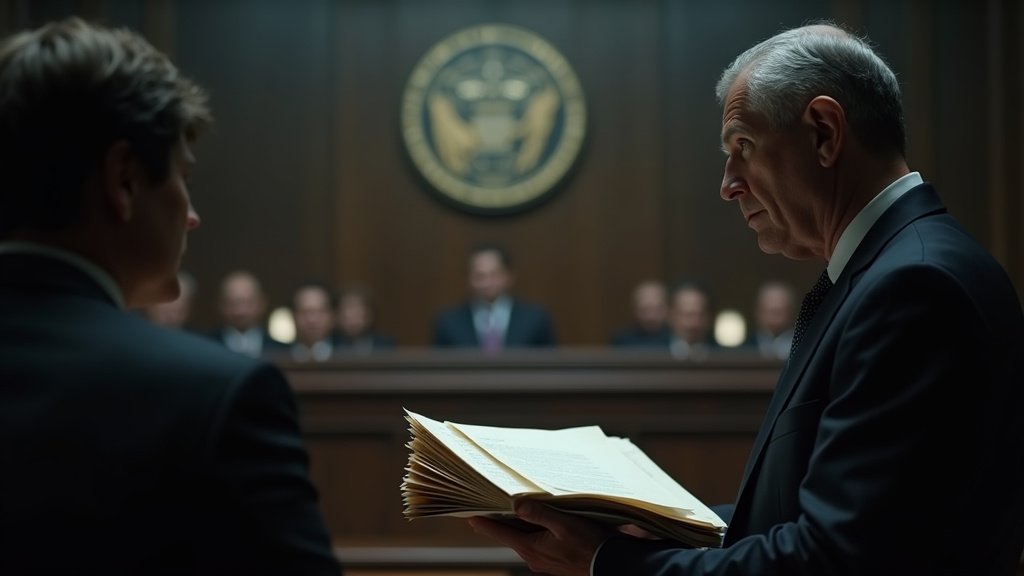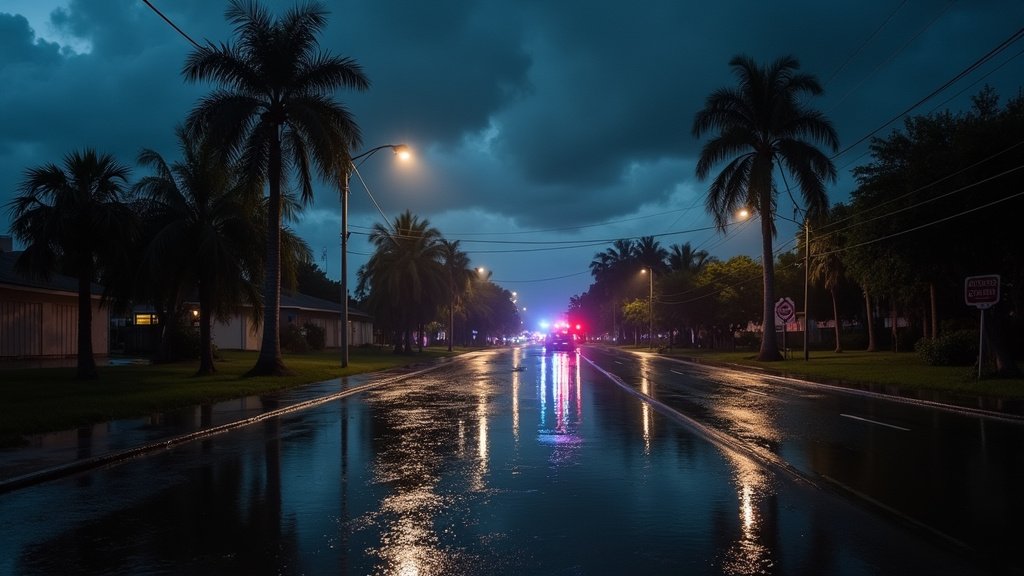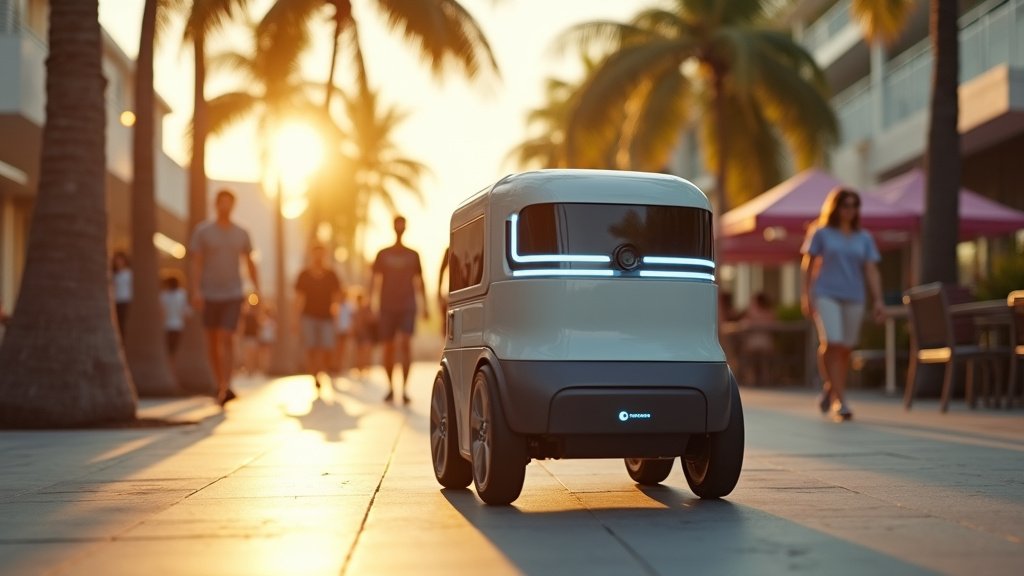A federal jury in Miami has delivered a monumental verdict, finding Tesla partially liable in a significant case involving its advanced driver-assistance system, Autopilot. The decision, handed down on Friday afternoon, culminates in an award exceeding $240 million to the plaintiffs, marking a pivotal moment in the ongoing legal discourse surrounding autonomous vehicle technology.
The substantial financial penalty underscores the serious implications of the jury’s finding, sending a powerful message to the automotive industry and technology developers alike. This verdict, emerging from a Miami federal court, instantly became a top item in the nation’s news cycle, drawing immediate scrutiny to the responsibilities of manufacturers in the burgeoning field of automated driving.
The Verdict’s Staggering Sum and Its Implications
The award of more than $240 million represents a colossal sum, reflecting the profound damages and hardships experienced by the plaintiffs. While the precise breakdown of the award has not been publicly detailed, such a figure typically encompasses various elements, including medical expenses, lost wages, pain and suffering, and other compensatory damages. The jury’s decision to side with the plaintiffs against an industry giant like Tesla, particularly on an issue as complex as autonomous system liability, highlights a growing judicial willingness to scrutinize the safety and marketing of these sophisticated technologies.
The finding of “partial liability” is a crucial nuance in the verdict. It suggests that while the jury found Tesla responsible to a significant degree for the incident related to its Autopilot system, there may have been other contributing factors or parties involved. In complex product liability and negligence cases, juries often weigh a multitude of elements, including product design, manufacturing defects, user error, and the clarity of warnings and instructions provided by the manufacturer. This partial finding indicates a careful deliberation by the jurors, acknowledging shared responsibility while still placing a substantial onus on the vehicle’s automated system and its creator.
Autopilot Under the Microscope
Tesla’s Autopilot system, which combines features like traffic-aware cruise control and autosteer, has been at the center of public and regulatory debate for years. Marketed as a sophisticated driver-assistance feature, it has consistently generated discussions about its capabilities, limitations, and the appropriate level of driver engagement required when activated. The verdict from the Miami jury directly addresses this contentious area, placing the system itself under intense legal scrutiny.
Critics and safety advocates have long argued that the name “Autopilot” itself might foster a false sense of security among drivers, potentially leading to over-reliance and reduced vigilance. While Tesla maintains that drivers must remain attentive and ready to take control at all times, incidents involving the system have led to numerous investigations by federal agencies, including the National Highway Traffic Safety Administration (NHTSA).
This federal jury’s determination that Tesla bears partial liability for an incident involving Autopilot marks a significant moment. It underscores the judiciary’s increasing focus on how these systems perform in real-world conditions and how companies communicate their functionalities and limitations to consumers. For a system that promises to enhance safety and convenience, such a verdict is a stark reminder of the immense responsibility that comes with pioneering advanced automotive technology.
Industry-Wide Ramifications and Legal Precedent
The impact of this verdict extends far beyond Tesla, setting a potential precedent for the entire autonomous vehicle industry. Companies developing self-driving cars and advanced driver-assistance systems (ADAS) will undoubtedly be re-evaluating their strategies, from system design and rigorous testing protocols to marketing language and liability assessments. The $240 million award could prompt a shift towards even more conservative approaches in the deployment and promotion of automated driving features.
Legal experts suggest that this ruling could embolden plaintiffs in future cases, potentially leading to a surge in lawsuits challenging the safety and performance of ADAS across various manufacturers. It highlights the complex legal terrain that companies navigate as they push the boundaries of automotive technology, facing the challenge of ensuring both innovation and safety. The outcome in this trending case underscores the critical need for transparent communication regarding system capabilities and the inherent limitations that still exist.
Moreover, the verdict could influence regulatory bodies globally. As lawmakers and agencies grapple with establishing comprehensive frameworks for autonomous vehicles, decisions like the one rendered by the Miami jury provide crucial insights into the real-world consequences of these technologies. It may accelerate the push for clearer definitions of autonomous levels, stricter testing requirements, and more robust oversight to ensure public safety.
A Defining Moment in Autonomous Vehicle Safety
The jury’s decision on Friday afternoon is not merely a financial blow to one company; it is a profound declaration about accountability in the age of artificial intelligence and automated machinery. The finding of partial liability for Tesla’s Autopilot system is a testament to the meticulous work of the federal jury in Miami, which carefully weighed complex technical evidence and human factors to arrive at their conclusion.
This news will undoubtedly continue to resonate across the legal, technological, and automotive sectors. It serves as a potent reminder that as vehicles become increasingly automated, the question of who bears responsibility when things go wrong becomes even more critical. The more than $240 million awarded to the plaintiffs stands as a powerful symbol of the human cost associated with these cutting-edge systems when their performance falls short of expectations or safety standards.
In conclusion, the federal jury’s verdict in Miami against Tesla, finding partial liability related to its Autopilot system and awarding more than $240 million, marks a historic moment. It underscores the immense challenges and responsibilities inherent in the development and deployment of advanced driver-assistance technologies and sets a significant benchmark for future legal battles in the rapidly evolving landscape of autonomous driving. This is a story that will undoubtedly remain trending as its long-term implications unfold.





